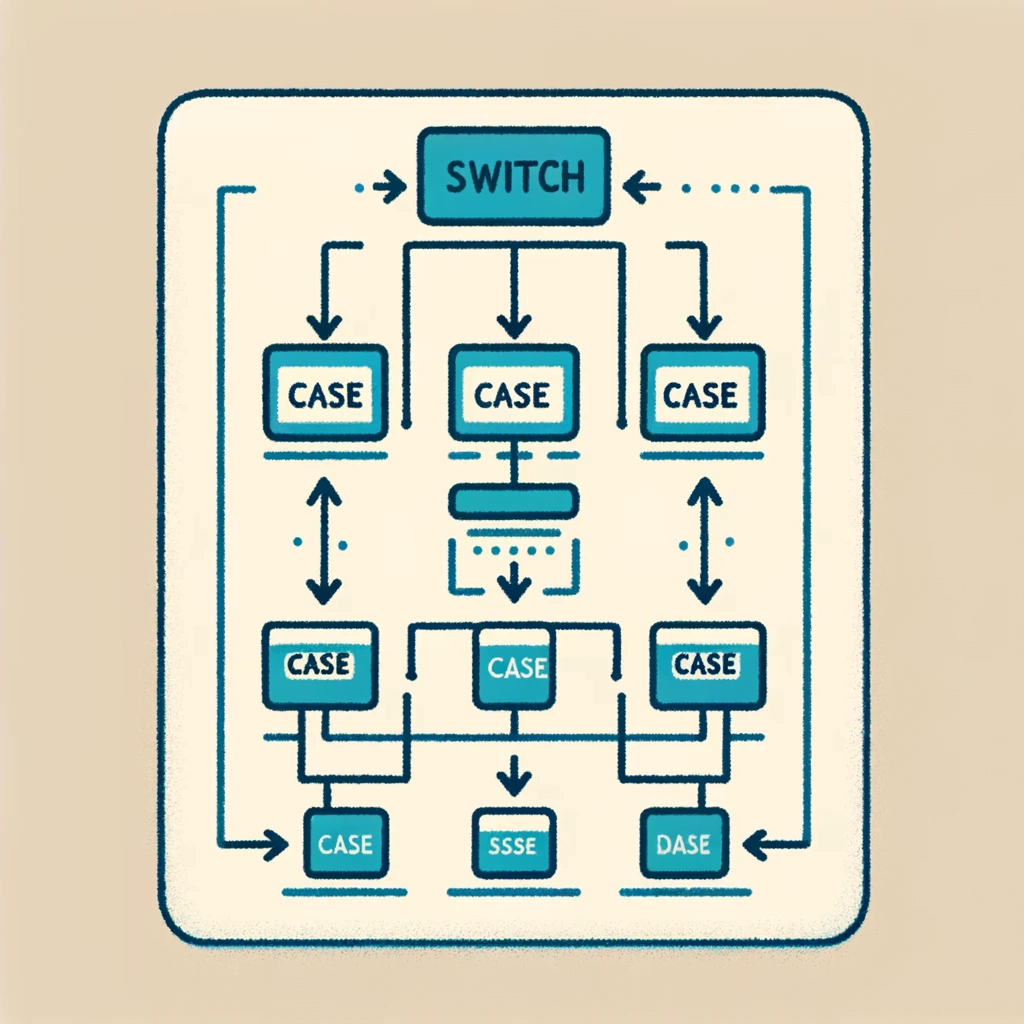
Introduction
Java Streams, introduced in Java 8, have significantly simplified the process of handling collections and data processing. However, as powerful as they are, it’s easy to stumble upon several common mistakes. Understanding and avoiding these pitfalls can enhance the efficiency and readability of your code.
1. Overusing Streams
While Java Streams offer an elegant way to handle data operations, overusing them can lead to complex and hard-to-read code. Remember that traditional loops and conditional statements still have their place. Use streams when they offer a clear advantage in terms of readability and efficiency.
2. Misusing forEach
A common mistake is using forEach for modifying the underlying collection, which can lead to unpredictable results. The purpose of forEach in Java Streams is to deliver a final operation on the stream elements, not to modify the stream source. If you need to modify the collection, consider using the collect method instead.
3. Ignoring Exception Handling
Stream operations can throw exceptions, and it’s easy to overlook this when chaining methods. Proper exception handling is crucial to prevent unexpected crashes and maintain the robustness of your application. Make sure to handle exceptions appropriately using try-catch blocks or by using the appropriate methods that handle exceptions, such as the stream’s forEach method that accepts a Consumer with an exception.
4. Incorrect Use of flatMap
The flatMap function can be tricky. It’s designed for flattening complex structures like Stream<List<T>> into a single Stream<T>. However, it’s important to use it correctly to avoid unexpected results. Make sure you understand the structure of your data and how flatMap works before using it. Incorrect usage can lead to incorrect or incomplete results.
Conclusion
Java Streams are a powerful tool for handling collections and data processing. However, it’s important to be aware of the common mistakes that developers make when using them. By avoiding these pitfalls, you can ensure that your code is efficient, readable, and robust. Remember to use streams judiciously, handle exceptions properly, and understand the behavior of stream operations like forEach and flatMap. With these best practices in mind, you can make the most of Java Streams and write cleaner and more maintainable code.
RELATED POSTS
View all


